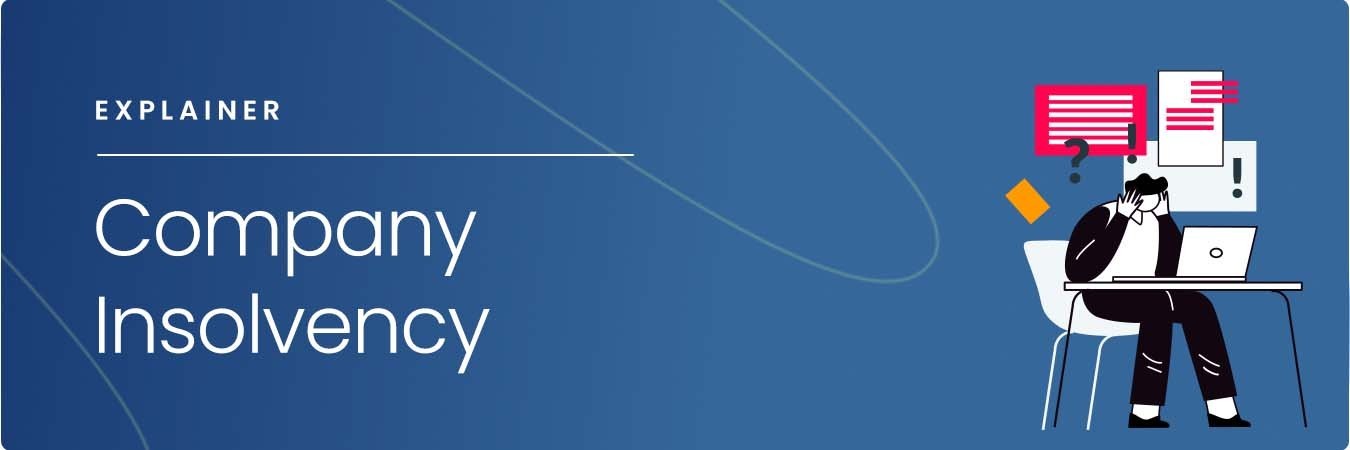Administration Staff and Their Rights: Do You Get Paid or Get Redundancy When a Company Goes Into Administration?
Administration Staff and Their Rights: Do You Get Paid or Get Redundancy When a Company Goes Into Administration?
Blog Article
Business Insolvency Company
7 Preswich Avenue, Leigh, WN7 1RZ
0333 567 1686
Recognizing the Repercussions of Firm Liquidation on Staff Member Retention and Perks

Effect on Task Protection
In the occasion of company liquidation, the influence on work safety can be considerable for workers as uncertainty concerning future employment develops. When a company goes right into liquidation, workers face the complicated prospect of potential work loss. This unpredictability can cause increased stress and anxiety and stress and anxiety among the workforce, impacting their morale and performance.
During the liquidation procedure, employees may experience a series of feelings, including anxiety, rage, and frustration, as they grapple with the opportunity of joblessness. The absence of clearness surrounding the timeline of the liquidation and the fate of their settings can produce a feeling of instability within the workforce.
In addition, workers might likewise be worried about the status of their benefits, such as healthcare protection, retired life plans, and paid time off, during and after the liquidation procedure. The potential loss of these advantages includes another layer of complexity to an already difficult scenario for employees.
Modifications in Worker Benefits

One usual change is the decrease or elimination of particular benefits to reduce costs and settle outstanding financial obligations. Employer payments to retired life plans might stop, leaving workers to take on the complete responsibility of conserving for their future. Healthcare benefits might be scaled back, resulting in higher out-of-pocket costs for clinical solutions.
Interaction becomes critical throughout this duration of change. Companies need to be transparent concerning the modifications, providing clear explanations and help to assist workers navigate through the alterations. Open up dialogue and assistance can help minimize anxiousness and uncertainty among the workforce, promoting a much more positive change experience in spite of the tough situations.
Retention Methods Post-Liquidation
Complying with the business liquidation, implementing reliable retention techniques is vital to safeguarding organizational talent and maintaining security within the labor force. In times of unpredictability, staff members might really feel nervous regarding their future task safety and be much more likely to look for alternate employment opportunities. To reduce this blog here risk, companies should focus on open communication, giving openness pertaining to the company's scenario, and using support to employees throughout the transition period.
One key retention technique post-liquidation is to prioritize staff member wellness and spirits. Additionally, supplying career growth chances and upskilling programs can increase employee inspiration and interaction throughout difficult times.
In addition, establishing a clear profession progression path and setting sensible objectives can give staff members a feeling of instructions and objective within the company (administration staff). By purchasing staff member development and proactively including them in decision-making procedures, companies can enhance worker retention rates and construct a resilient labor force post-liquidation
Legal Rights and Defenses
During the after-effects of company liquidation, it is crucial to address the lawful rights and defenses offered to workers to guarantee a reasonable and compliant procedure. It is essential for employees to recognize these civil liberties and look for legal advice if required to navigate the intricacies of the liquidation process.
Additionally, in instances where a business goes into liquidation, employees are frequently thought about preferential financial institutions, providing them greater concern in obtaining impressive payments over other creditors. This defense aids focus on settling worker cases prior to various other monetary obligations are fulfilled. Additionally, lawful safeguards exist to stop unreasonable dismissals throughout liquidation, guaranteeing that terminations are carried out according to developed labor regulations. Understanding these lawful civil liberties and protections is essential for staff members to guard their interests and seek proper option in case of firm liquidation.
Handling Financial Uncertainty
Navigating economic unpredictability can be a daunting obstacle for employees influenced by firm liquidation. The abrupt loss of revenue, benefits, and work safety can significantly disrupt people' economic security. Throughout such times, it is essential for employees to examine their existing monetary scenario genuinely. Creating a thorough budget that prioritizes essential expenses can assist in managing prompt economic demands. Additionally, checking out available federal government support programs, such as unemployment benefits or re-training possibilities, can offer some relief.
Looking for economic therapy or support from professionals can use useful understandings into handling financial obligations, reorganizing financial commitments, and preparing for the future. It is important for workers you could try these out to remain informed regarding their privileges, such as severance packages or superior payments, to ensure they receive what they are owed. Considering alternate work alternatives or gig possibilities can assist bridge financial spaces throughout this transitional period. By proactively addressing financial obstacles, staff members can navigate via the uncertainty brought on by business liquidation with better durability and preparedness.
Verdict
In verdict, company liquidation can have considerable ramifications on worker work safety, advantages, and total health. It is important for companies to apply retention strategies and offer support to employees during this unpredictable time. Understanding legal rights and securities can other help reduce the effect of liquidation on employees. Coping with financial unpredictability calls for a proactive approach and communication from both companies and employees to navigate via the challenges successfully.
When a business encounters liquidation, the destiny of its staff members hangs in the balance, elevating critical concerns concerning job protection, benefits, and lasting security. The effect of business liquidation on staff member retention and benefits is a complex problem that requires a better evaluation to understand the complete scope of its effects.
Browsing monetary uncertainty can be a challenging obstacle for workers impacted by firm liquidation. By proactively dealing with economic difficulties, workers can navigate via the uncertainty triggered by company liquidation with greater durability and readiness.

Report this page